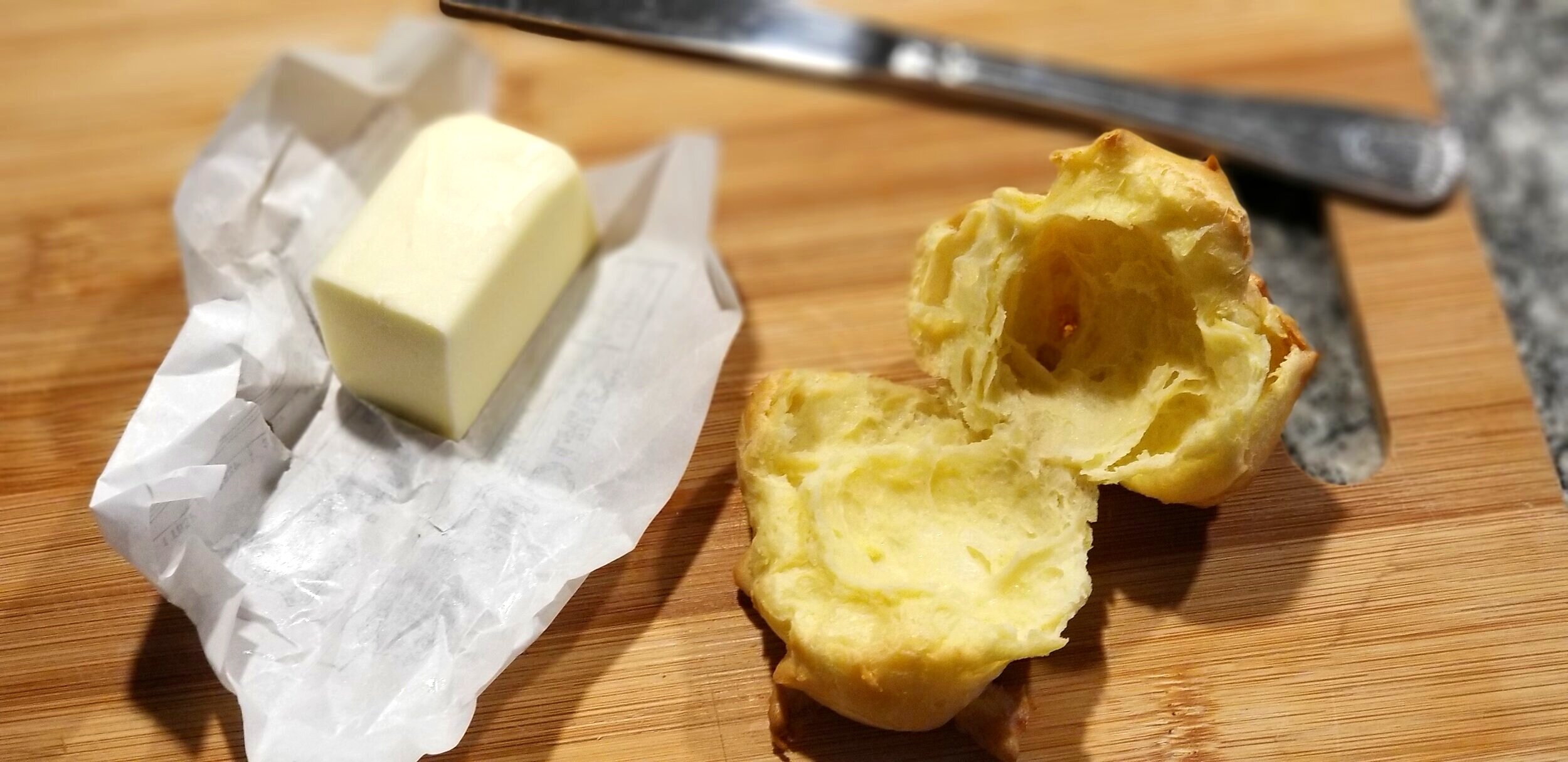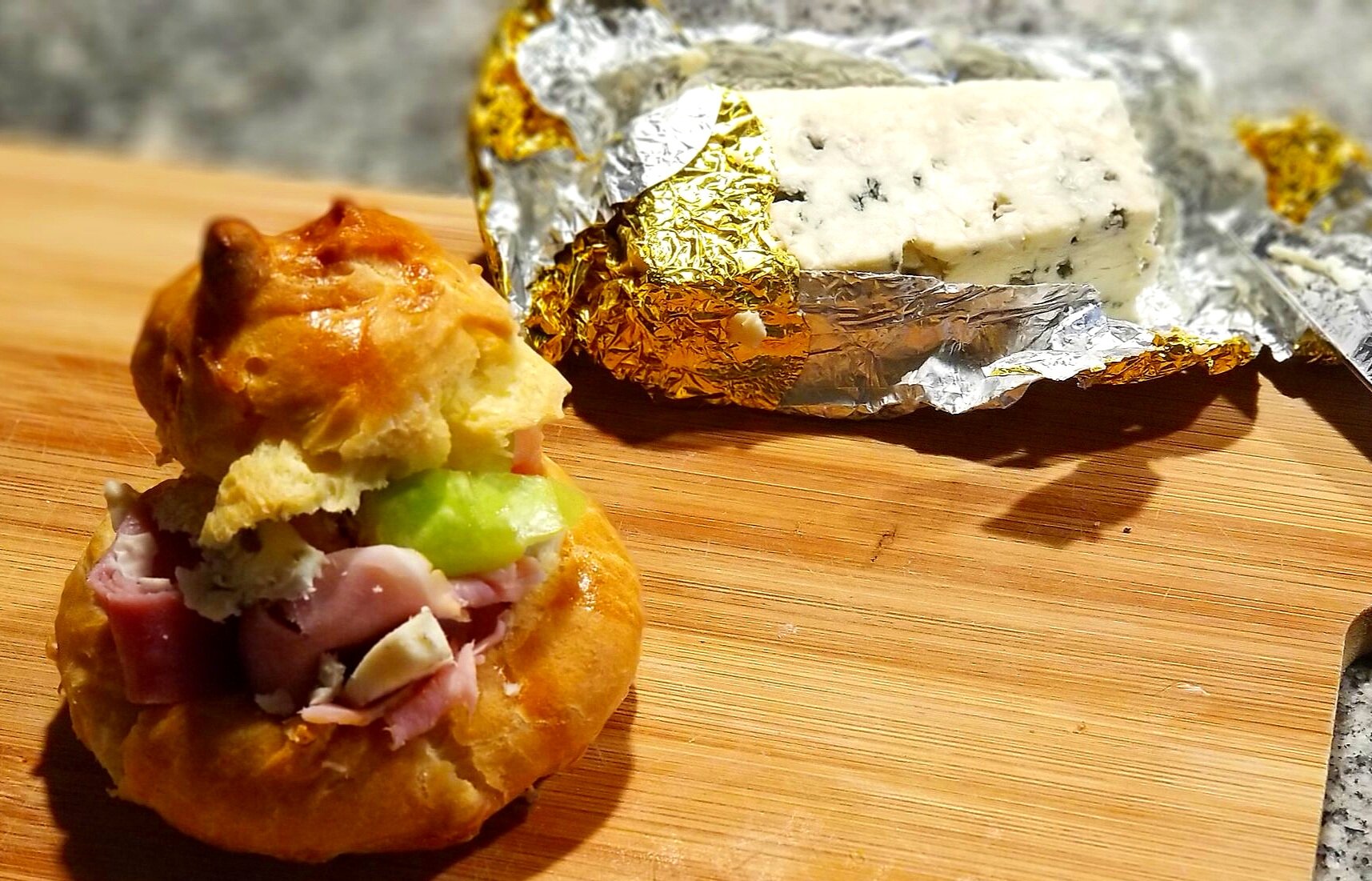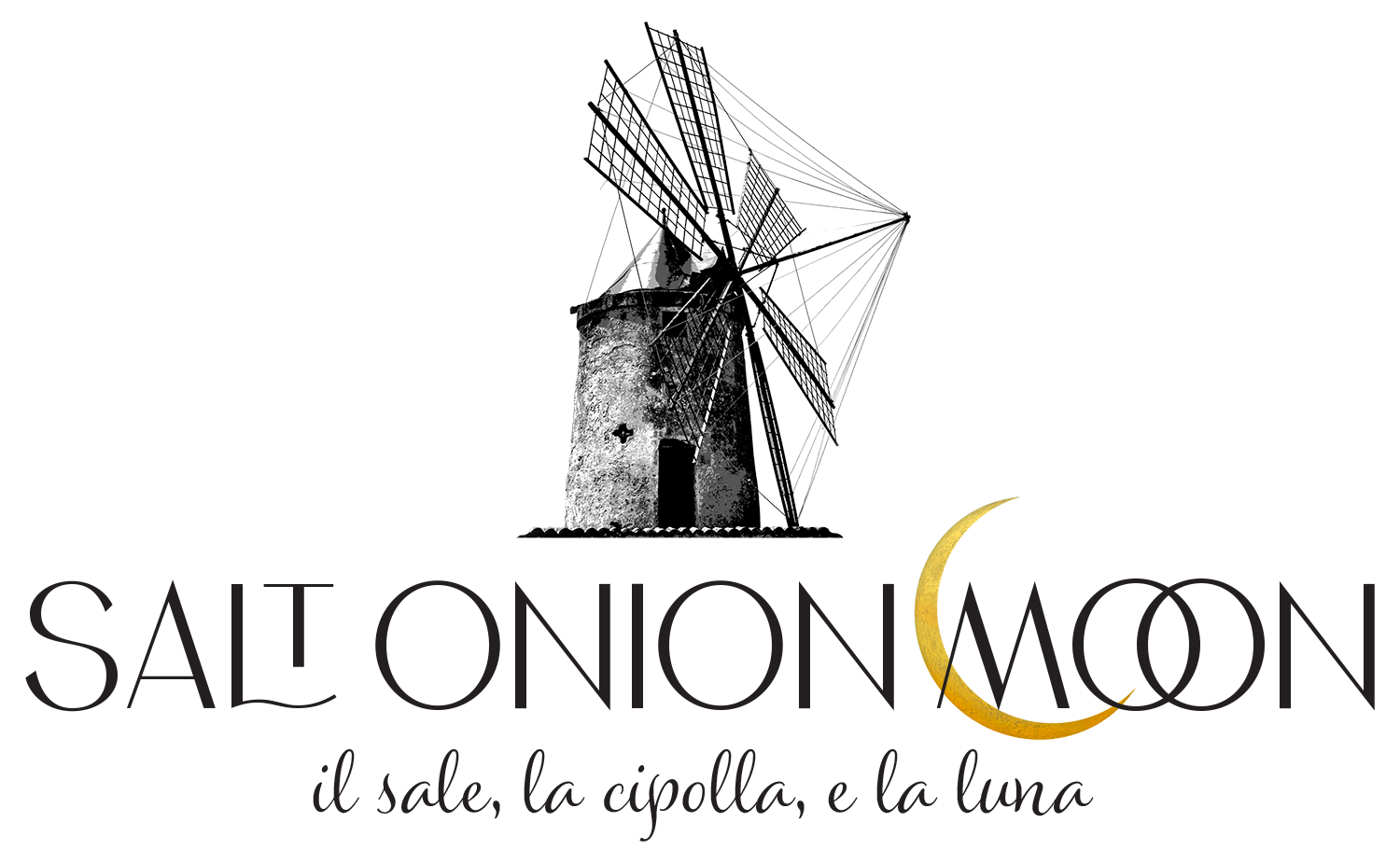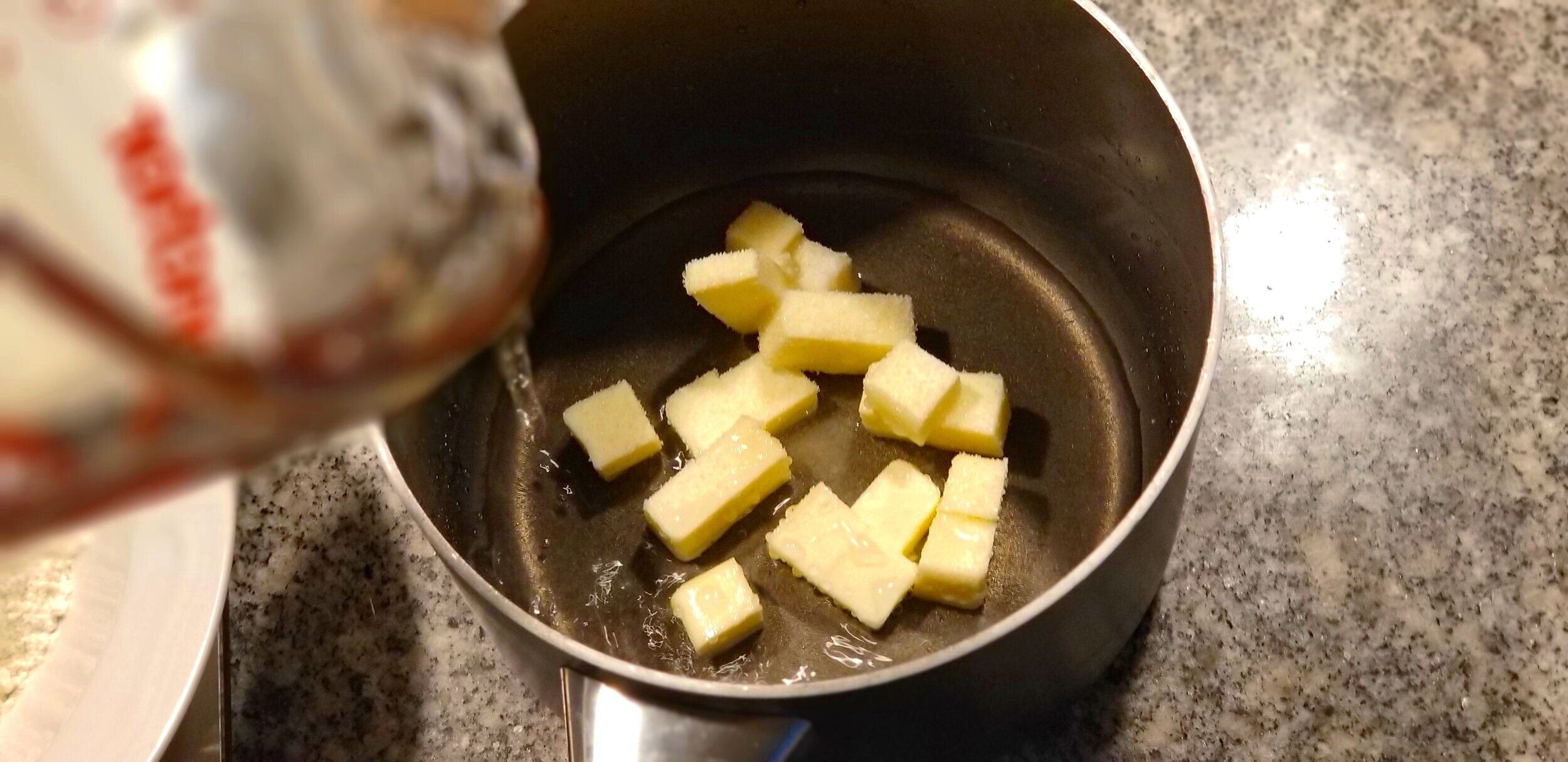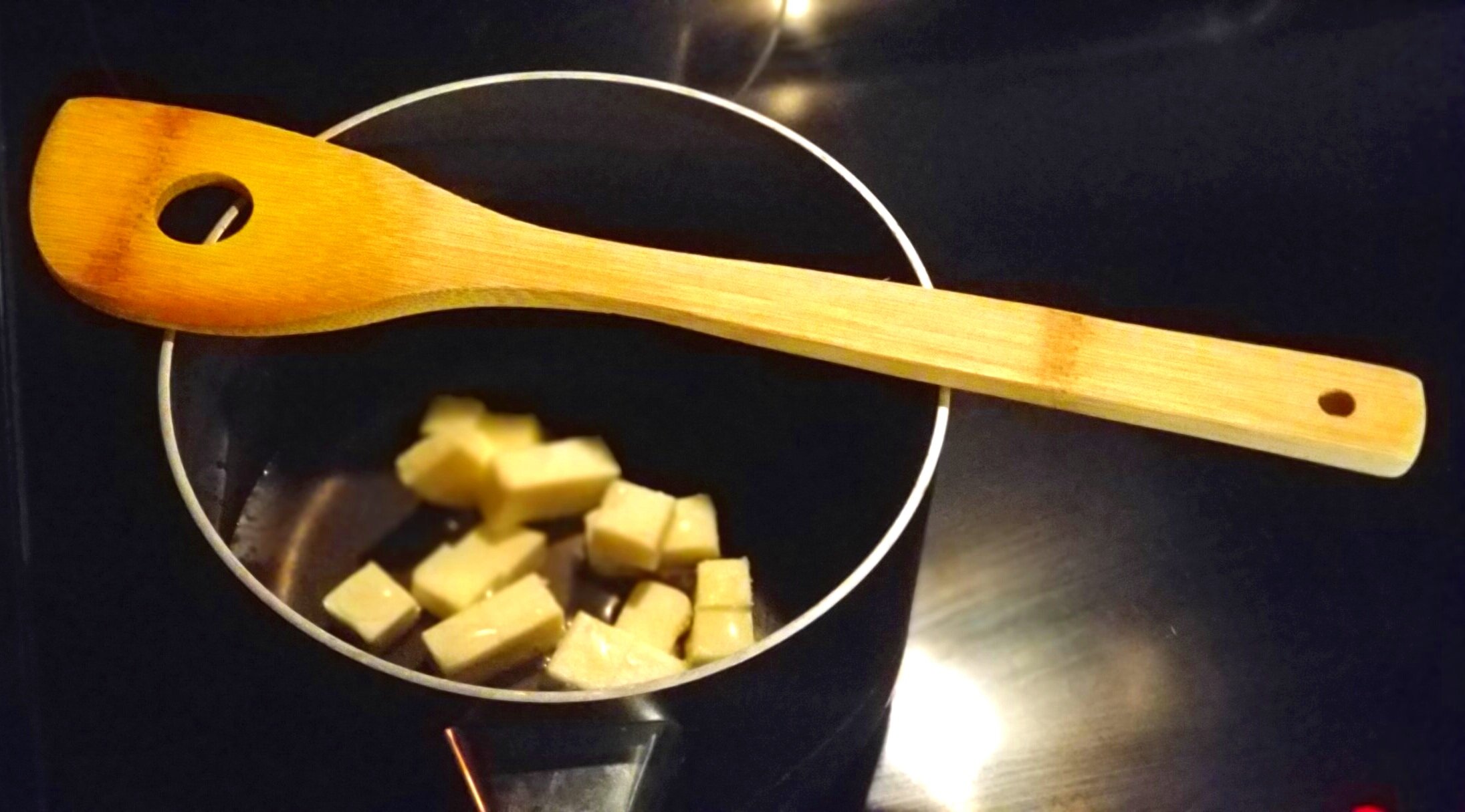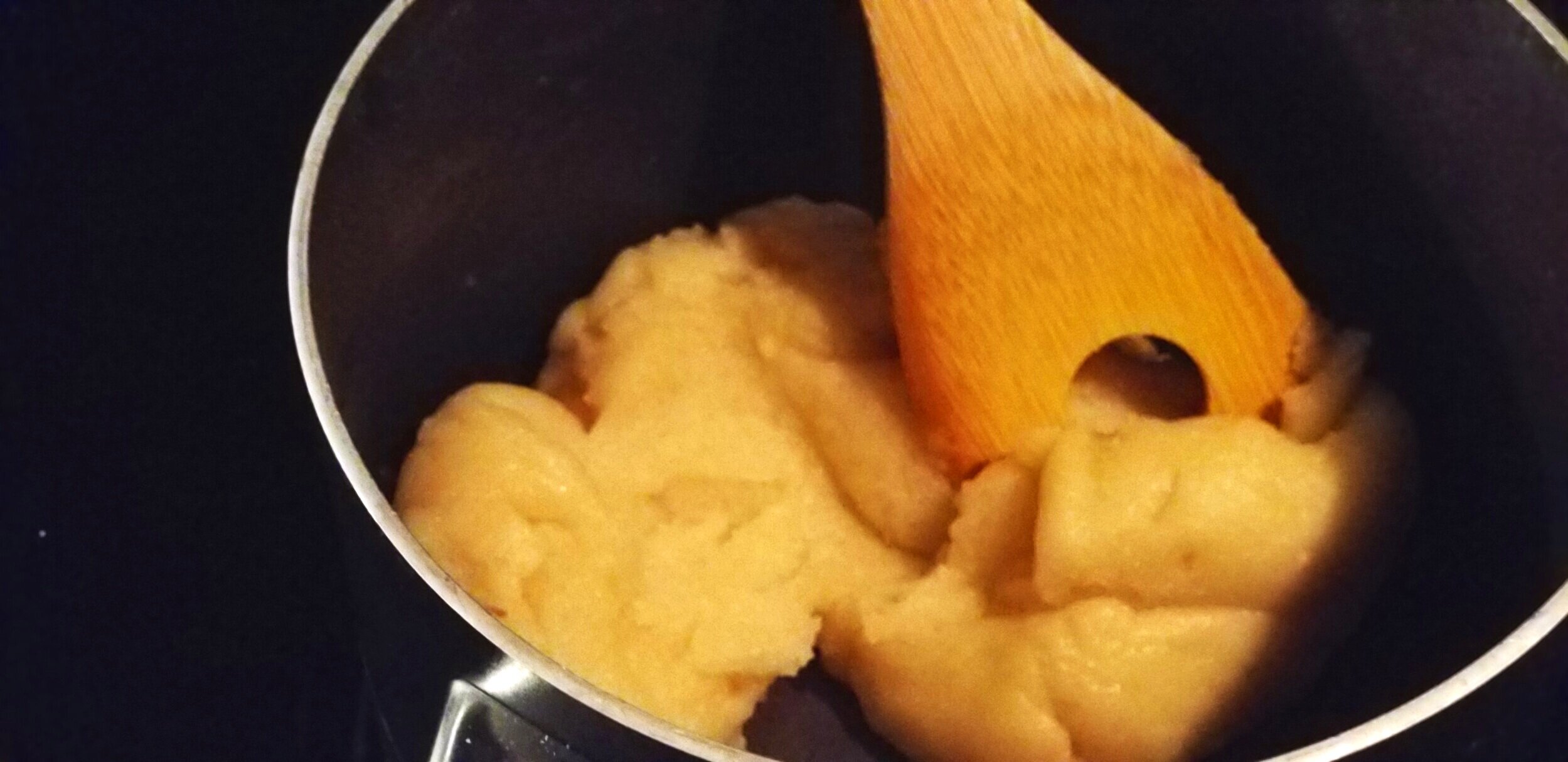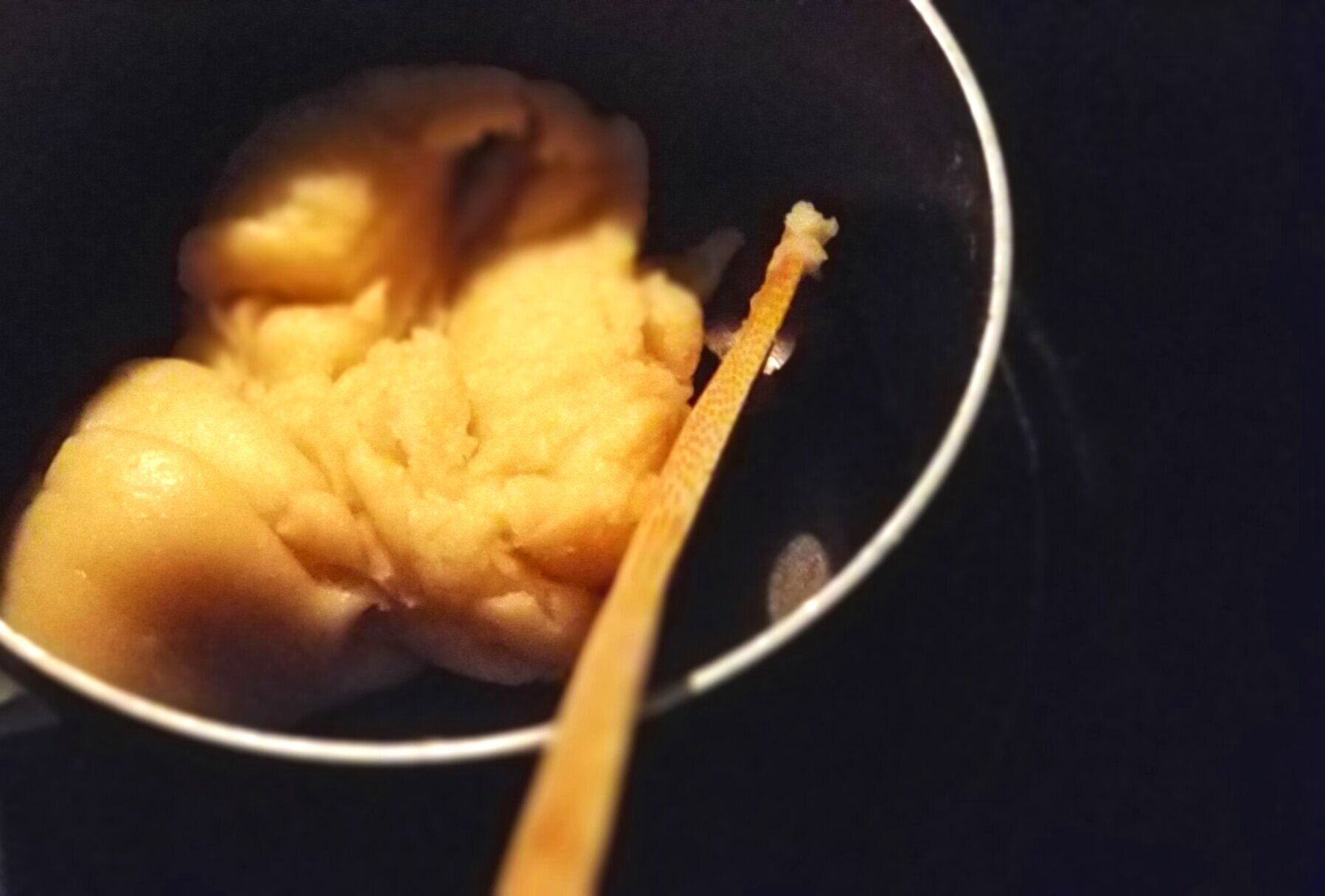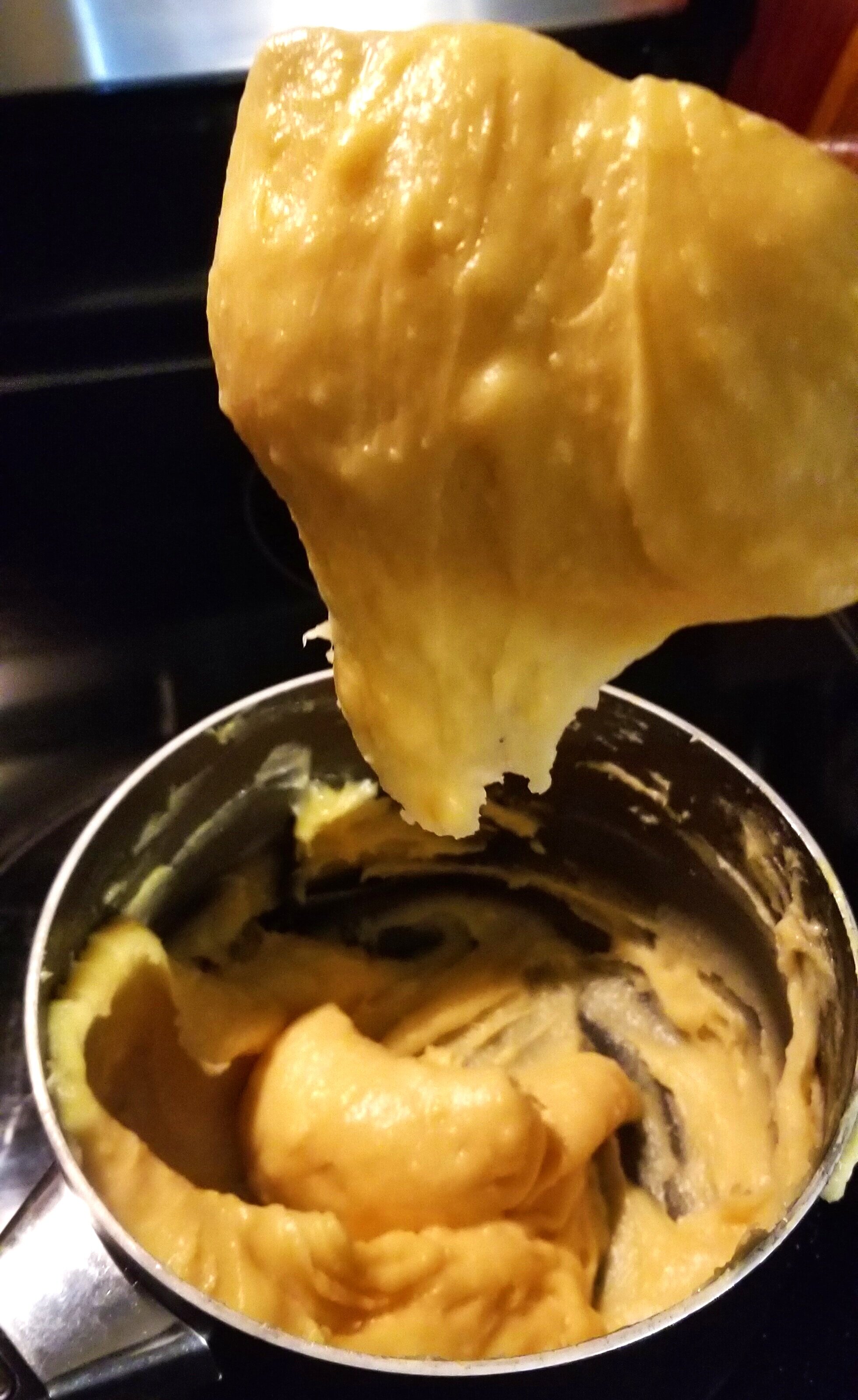On Becoming My Grandmother
My grandmother, Doris Napolitano, April 4th, 1964 ready for my parents’ wedding. She loved a hat.
Funny things happen to you as you get older. Hair grows grey, leaving the usual places to languish and it sprouts with rampant virility in odd places,. Your face grows a little droopy and worn and your back, feet, and sleep start giving you a run for your money. If you gathered your whole family in a room you would hear stories of hereditary back and foot pain that have plagued generations! Your DNA connects you to all of them in a deep way you can never escape.
Last Saturday afternoon, I reached out to turn off another light switch in our house because, “What are we doing here? Trying to put all of Tampa Electric Company’s kids through college?” Then I looked down the length of my arm and saw my father’s hand was attached to it! I had never noticed it before, but there it was, nevertheless.
I started to wonder about some of the other bits. The OCD? Dad. The quiet, slow burn? Dad. The endomorphic build and love for all things food, Italy and music? Mom. But the excitement and fun I have with cooking? Everything I learned, I learned from my Gramma Doris.
Doris Napolitano died Monday morning, August 28th, 1978 during the ill-fated, month-long reign and untimely death of Pope John Paul I. We had all visited her in the hospital Saturday, but the very next day my mother had a premonition this would be the last time we’d get to see Gramma. So she went to the hospital again on Sunday, with me in tow After a couple of hours, we got ready to leave. Gramma reached into her purse and gave me three dollars for the “ice cream man” to share with my brother and sister and kissed me many times.
My mother’s premonition was right. Monday morning, I answered the phone. I heard my Aunt Penny’s intonation, and I knew what had happened. All I could think of in that moment was a ham salad sandwich.
Gramma had always made ham salad for us and neatly spread it onto what we called “American Bread”. In an Italian household, this was the kind of bread that came out of a colorful plastic bag and not the oven. She would wrap them up in waxed paper, tuck them neatly into a brown bag and hand them to my mother, who was to give them to us as a snack for the hour-long car ride home.
That humble sandwich holds a cherished spot in my heart. I have written about it before. Suffice it to say, it was the best sandwich I ever ate in the back seat of my father’s Buick or in any other place in the world. It was comfort. It was humble nutrition made by the working hands of a grandmother who had a hard time saying I love you. After one bite of the sandwich, I knew. I knew the depth of what she felt even though she could not say it.
About a month after Gramma’s passing, her four daughters convened at her little apartment to start cleaning things out. In the kitchen, in almost every cabinet, there were containers we lovingly referred to as “Italian Tupperware.”
Plastic. Sometimes glass in the case of jelly jars and a large wine jug, but the plastic far outnumbered the glass bits. Everything was neatly stacked and meticulously clean. There were several ricotta cheese containers that colorfully tantalized in green, red and white. The women also found the highly desirable and low-profile Cool Whip containers that stacked so nicely in your cabinets. The most coveted pieces of Italian Tupperware however, were those very secure and finger-ripping, one-gallon sherbet containers. Does anybody eat sherbet anymore? More importantly, don’t we all just pronounce it “sherBERT?”
Flash forward to December 2020 and the little corporate apartment we are currently living in until our house closes. It is an odd situation, but it does make you assess what you need and what you do not need.
Apparently, I needed some things. I mean, I blinked and when I opened my eyes, I found that I had amassed a huge collection of my grandmother’s favorite brand of food storage containers. My Italian Tupperware suddenly had its own cabinet! Some strange amalgamation of my DNA, plus a need for frugality brought upon us by the Coronavirus quarantine, flipped my pre-programmed genetic switch and made me start my collection.
Gramma’s Italian Tupperware collection was an exercise in frugality from a woman who lived through The Great Depression and WWII. Gramma devoted her life to work and taking care of her family, so her instinct was to teach real life skills. She was also keenly observant. Gramma realized I had an interest in cooking, so it was no wonder that the first story she told me was actually a recipe.
My grandmother, Doris Napolitano at work in her waitressing job at The Roger Sherman Spa on College Street, New Haven, Ct. Look at her boss in the background photo bombing her! Circa mid to late 1950’s.
It was the story of how to make a pâte à choux. This flexible, classically French dough does so many wonderful things. From sweet to savory and everything in between, these little cream puffs can be filled with egg, ham, or tuna salad. Or how about a sliced hardboiled egg, some chopped capers and one small anchovy? Not feeling the savory vibe? Why not fill them with your favorite gelato and drizzle them with melted chocolate et voila: profiteroles! You are limited only to your imagination.
Every time I pick up my chef’s knife and a sauté pan or even just open the fridge, Gramma is there. Even today, as I was beating the eggs into the hot butter and flour mixture, I remembered being a child and how much work it seemed to be. I swear Gramma was standing next to me as my wooden spoon clacked against the sides of the pan. My mind heard her say as clear as day that it was “fun and satisfying work.”
I am so grateful, Gramma and yes, so satisfied.
Pâte à Choux
Ingredients
3/4 cup milk (you could also use water)
1/2 stick of unsalted butter, cubed
1/4 teaspoon salt
1/2 teaspoon sugar
100 grams or about 1/2 a cup of all-purpose flour
4 large eggs cracked into a bowl and scrambled
3 tablespoons of cream or half and half in a cup for basting
Tools
1 strong wooden spoon
1 medium saucepan
Parchment paper
1 large Cookie sheet
Preheat the oven to 400°. Line 1 large baking sheet with parchment paper. (This recipe is easily doubled in which case you would need to use a large saucepan and 2 large baking sheets.)
In a medium saucepan, combine the water, butter, sugar and salt and bring to a boil. Reduce the heat to moderate. Add the flour all at once and stir vigorously with a wooden spoon all the while lifting the pan on and off the heat until a tight dough forms and pulls away from the side of the pan; about 2 minutes. Remove the pan from the heat.
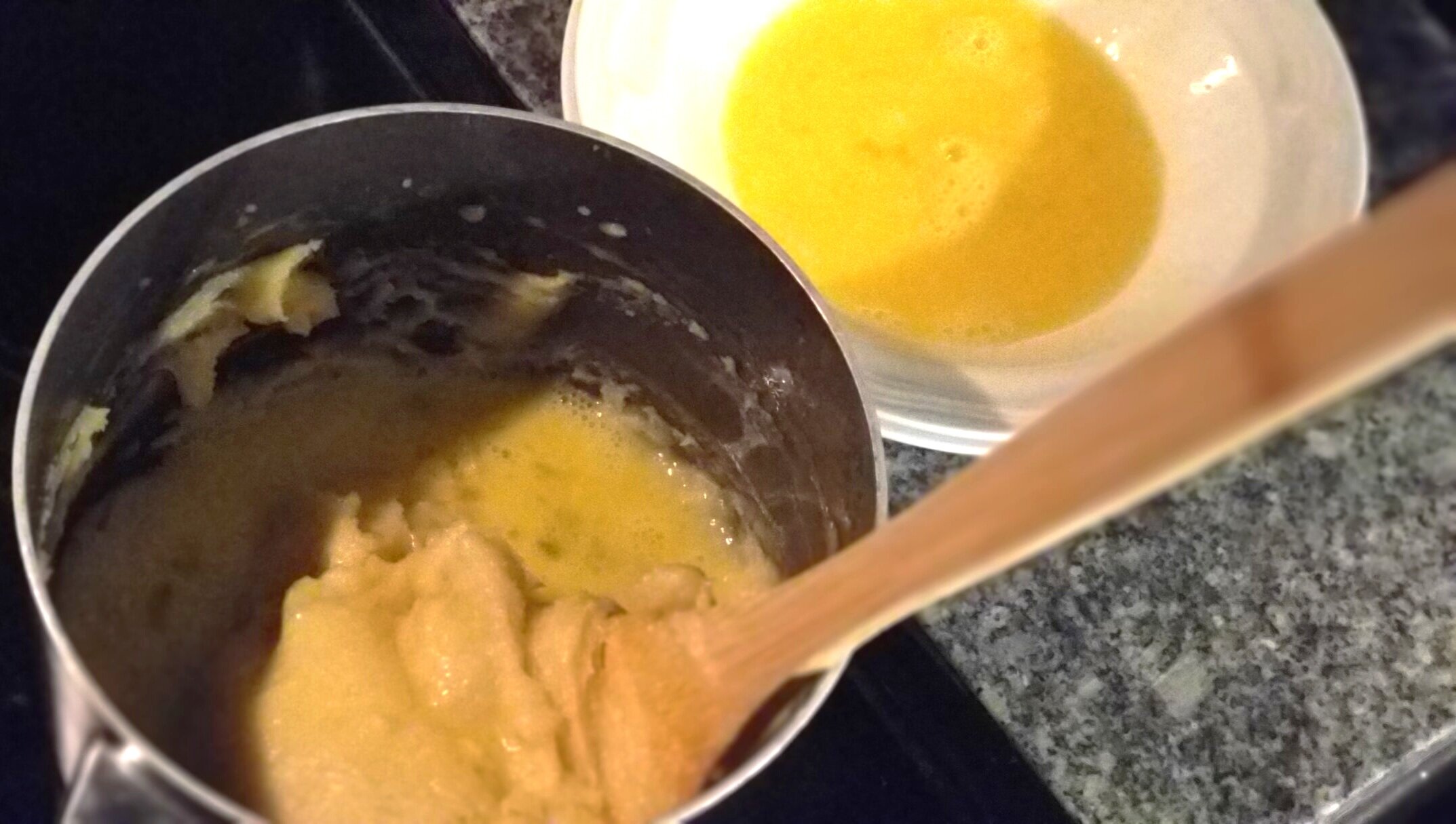
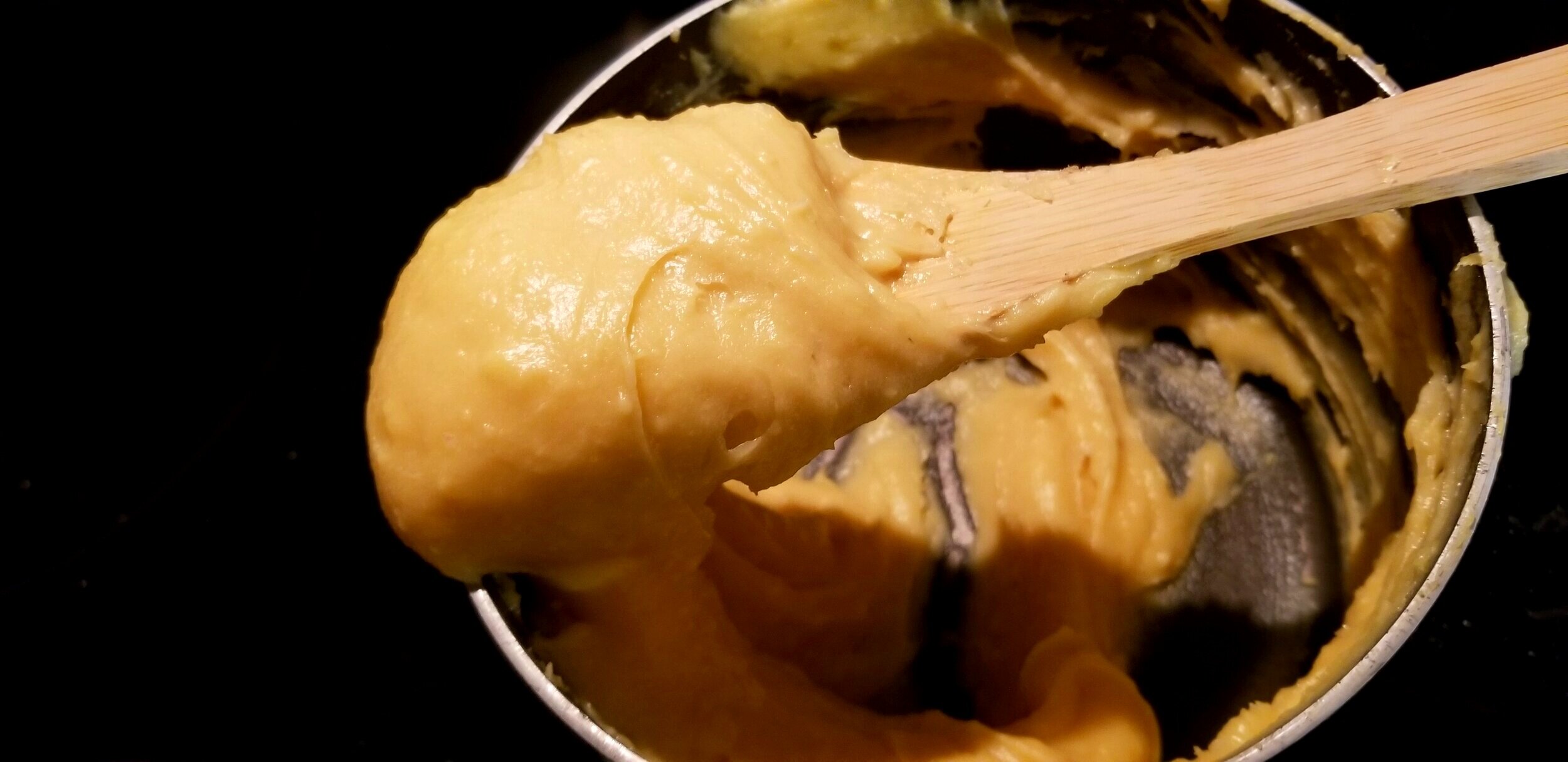
In a bowl, beat the eggs and add to the dough over low heat in four batches, stirring vigorously, all the while lifting the pan on and off the heat between additions until the eggs are completely incorporated and the pastry is smooth. The dough should be glossy and very slowly hang, stretch and fall from the spoon in thick ribbons.
Transfer the dough to a piping bag fitted with a 1/2-inch plain tip. Pipe 1½ inch rounds onto the baking sheets, leaving 1 inch between them. If you don’t have a piping bag, do not use a plastic bag. The dough is too hot for that type of thin bag. Use 2 spoons instead.
Lightly baste or brush your puffs with your cream or half and half. It doesn’t take much. Less is more here. Place into the oven.
After about 35-40 minutes, depending on your oven, turn the heat off and let the cream puffs cool in the oven for 10 minutes.
This recipe makes about 8 larger, biscuit-sized puffs or 16 smaller cream puffs.
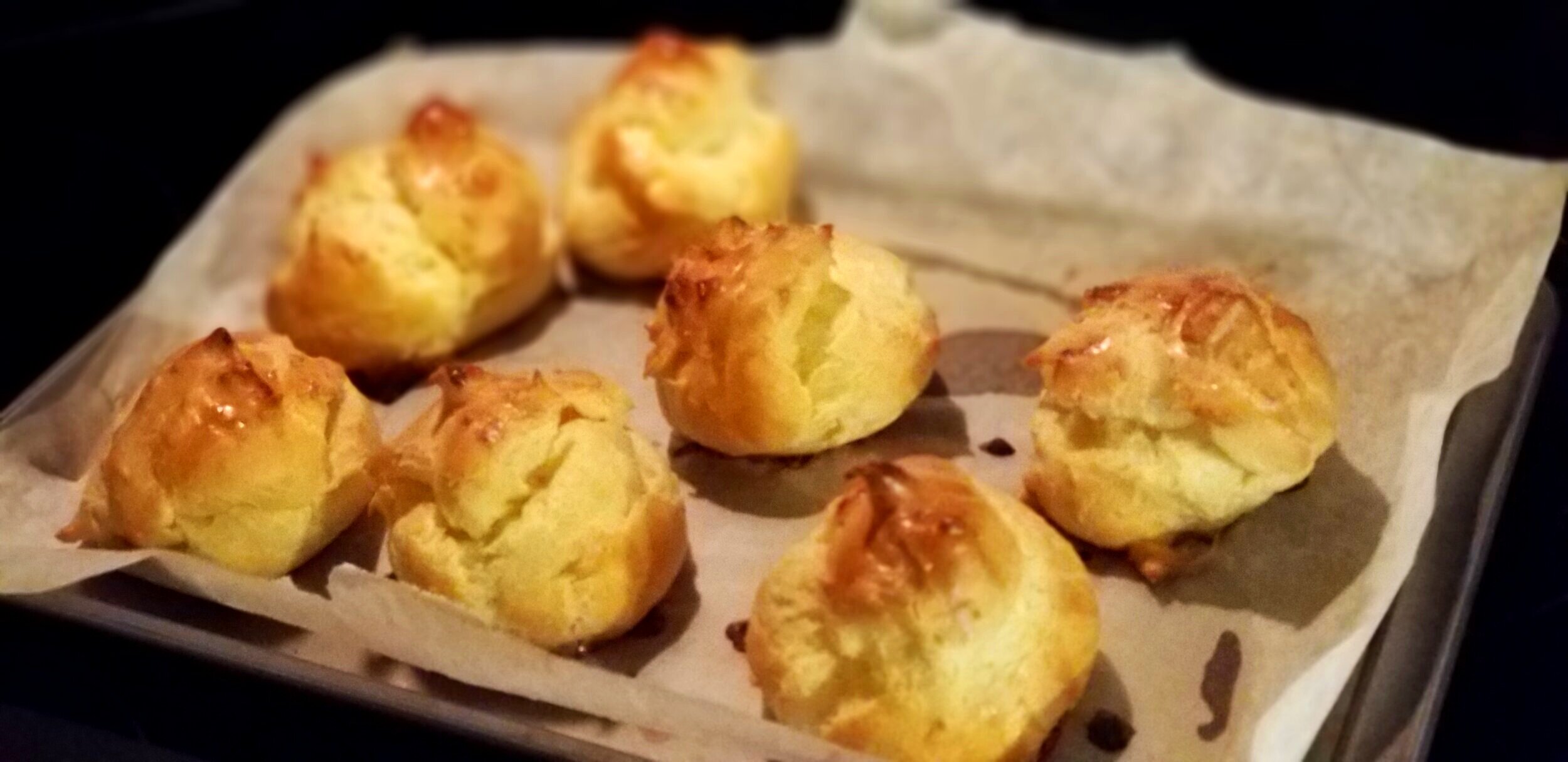
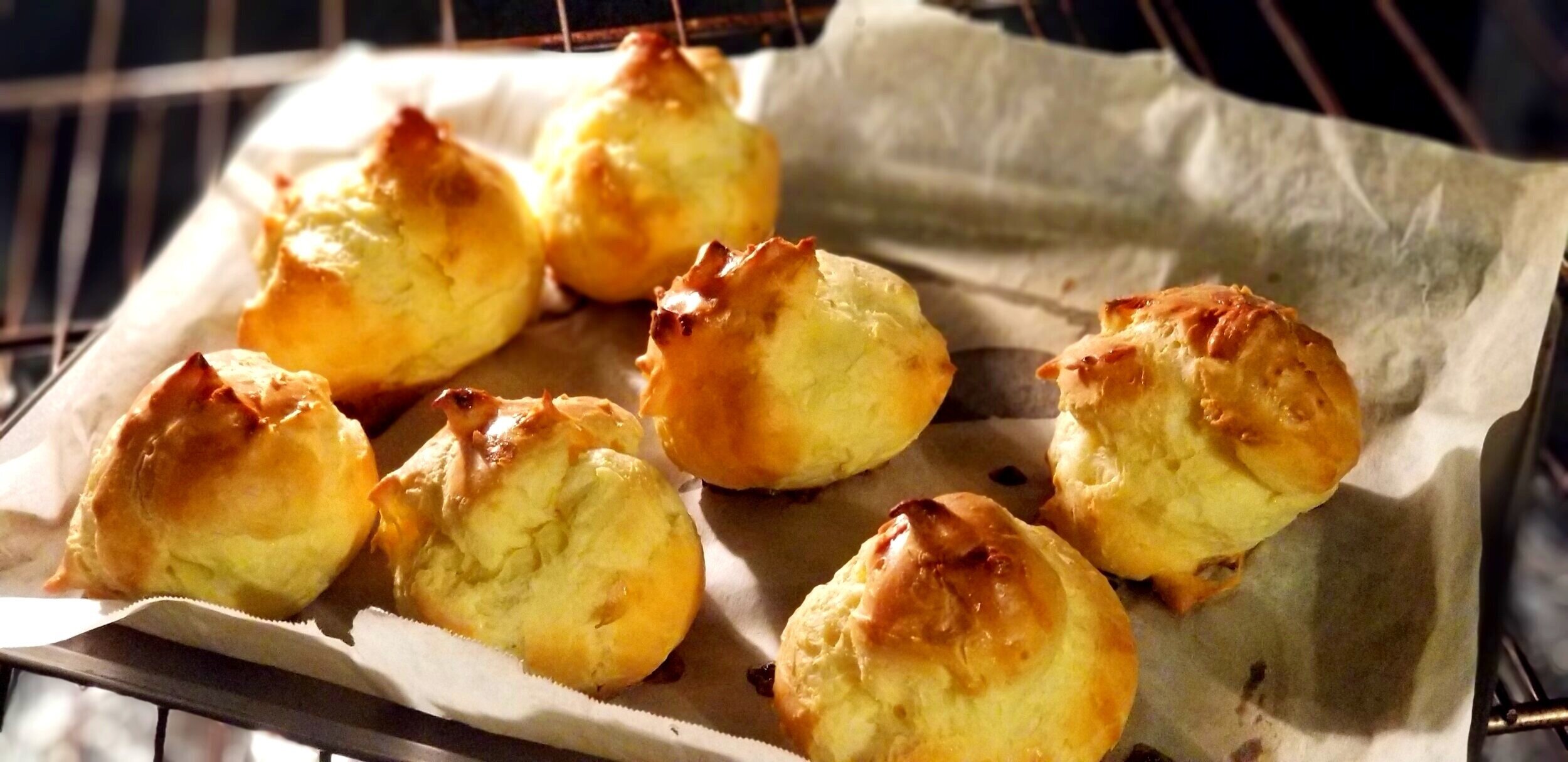
Today, Jeff and I put butter on a couple like delicious little Yorkshire puddings. Then we added slices of tavern ham from the deli along with diced apple and a few crumbles of gorgonzola. Tonight, we are filling some with ice cream.
Buon appetiti, amici!
